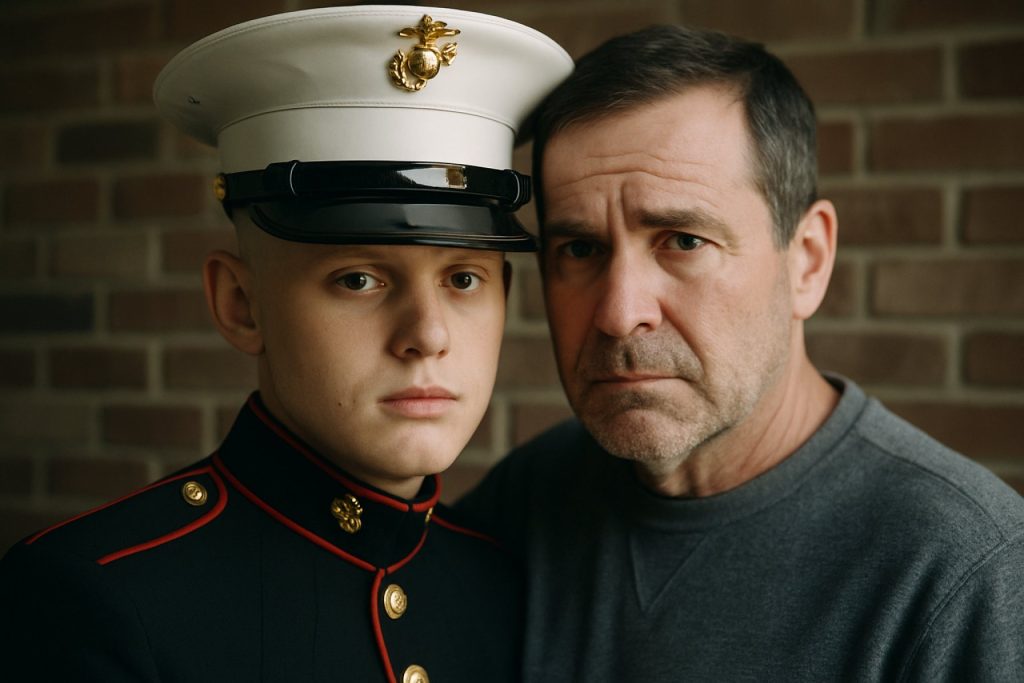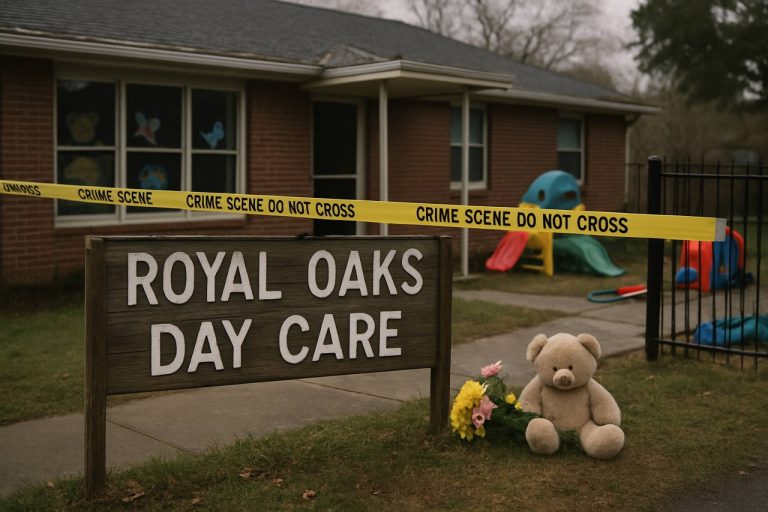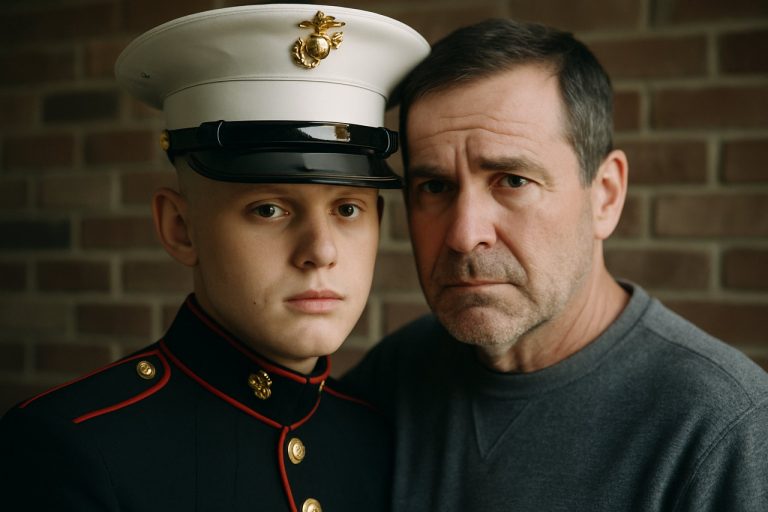
- DSRCT (desmoplastic small round cell tumor) is a rare and aggressive abdominal cancer, primarily affecting young adults and teenagers.
- The disease is challenging to diagnose and treat, involving complex therapies such as intensive chemotherapy, surgery, and experimental protocols.
- Cullen Crowley—a Naval Academy graduate and Marine—demonstrated exceptional courage, resilience, and optimism throughout his battle with DSRCT.
- His journey highlights the emotional impact of rare cancers on families and the urgent need for expanded research and greater public awareness.
- Cullen’s legacy inspires hope, underscoring the importance of continued support for patients, families, and advancements in oncology.
Raw emotion swept across social media as a beloved public figure opened his heart to share the profound loss of a son—sparked not by politics, but by the razor edge of a rare disease. Joe Crowley, once a pillar on Capitol Hill representing the Bronx and Queens, watched his 25-year-old son Cullen endure an ordeal few could fathom: a two-and-a-half-year battle with desmoplastic small round cell tumor (DSRCT). In the quiet corridors of American hospitals, this rare and aggressive cancer launches its assault on the abdomen and pelvis mostly in teenagers and young adults, often blindsiding even the most seasoned physicians with its ferocity.
Cullen Crowley’s story is one woven from the distinguished threads of military rigor and family devotion. As a graduate of the U.S. Naval Academy and a dedicated Marine stationed at Quantico, he exuded a dynamism that inspired his peers. Yet, when the diagnosis arrived, Cullen did not retreat. He exchanged the battlefield for a different fight—one waged in oncology wards, buoyed by hope and inner resolve.
DSRCT is notorious for overwhelming odds. Experts in oncology mark its grim statistics: it accounts for just a tiny fraction of all sarcomas, but tends to strike with relentless aggression. Treatment demands an arsenal of therapies—intensive chemotherapy, surgery, and sometimes experimental protocols—but long-term remission remains elusive. Medical science continues to search for a definitive cure.
Throughout the ordeal, family and friends saw in Cullen a steadfast optimism undimmed by hardship. Every new sunrise offered him a canvas, and he painted it with gratitude and laughter. To his family, he embodied heroism in its clearest form—not merely for his military accomplishments, but for the grace with which he confronted the unfathomable.
The Crowley family’s grief resonates widely, shining a spotlight on the need for greater awareness and research into rare cancers like DSRCT. Institutions dedicated to advancing medical knowledge, such as National Cancer Institute, persist in their pursuit of breakthroughs that may one day change tragedies into tales of survival.
Cullen’s legacy, preserved in memories and in those he inspired, serves as a beacon in uncertain times. His story reminds us how courage is not always found on distant fronts—it often beats quietly, persistently, within the walls of our own homes.
Key takeaway: The heartbreaking journey of Cullen Crowley illuminates not only the rare and devastating nature of DSRCT, but also the extraordinary strength the human spirit can muster—fueling hope for patients, families, and the researchers striving to tip the scales toward a cure.
Unveiling the Battle Against Rare Cancer: Facts, Insights, and Life-Saving Resources from the Cullen Crowley Story
Introduction
The profoundly moving account of Cullen Crowley’s struggle with desmoplastic small round cell tumor (DSRCT) has transcended social media, raising vital questions about rare cancers and the limits of modern medicine. While the source article captures the emotional depth and courage of Cullen and the Crowley family, there’s much more to explore regarding this aggressive disease, potential treatment avenues, and actionable advice for patients and loved ones.
—
DSRCT: Facts the Media Didn’t Fully Cover
What Is Desmoplastic Small Round Cell Tumor (DSRCT)?
– DSRCT is a highly aggressive, rare type of soft-tissue sarcoma.
– Primarily affects adolescent and young adult males; fewer than 200 cases are diagnosed annually in the U.S. ([National Cancer Institute](https://www.cancer.gov)).
– Originates most often in the abdomen or pelvis but can metastasize to lungs, lymph nodes, liver, and bones.
Unique Medical Features
– DSRCT is distinguished by a specific genetic mutation: a chromosomal translocation t(11;22)(p13;q12), which fuses EWSR1 and WT1 genes ([Johns Hopkins Medicine](https://www.hopkinsmedicine.org)).
– The tumor is often advanced at diagnosis due to vague early symptoms (abdominal pain, bloating, weight loss), delaying detection and treatment.
Standard & Experimental Therapies
– Treatment protocols typically involve a combination of:
– Multi-agent chemotherapy (e.g., “P6 protocol” with vincristine, doxorubicin, cyclophosphamide, ifosfamide, and etoposide)
– Surgery for tumor debulking, often extremely challenging due to tumor spread
– Radiation therapy and sometimes hyperthermic intraperitoneal chemotherapy (HIPEC)
– Enrollment in clinical trials for novel therapies (immunotherapy, targeted drugs)
– Five-year survival rates remain below 20%, underscoring the disease’s severity ([Sarcoma Foundation of America](https://www.curesarcoma.org)).
Financial, Emotional, and Social Impact
– Families may face hidden burdens, from astronomical medical bills to emotional exhaustion.
– Support organizations, like The Desmoid Tumor Research Foundation and Sarcoma Alliance, offer resources and community connections ([Sarcoma Alliance](https://www.sarcomaalliance.org)).
– Advocacy is crucial: increased awareness can lead to more research funding and, ultimately, better outcomes.
—
Pressing Reader Questions Answered
1. Could Early Detection Improve Outcomes?
Early detection is extremely challenging but potentially life-saving. Regular check-ups and prompt investigation of unexplained abdominal symptoms are recommended, especially in high-risk groups. Large-scale screening is not yet practical due to the cancer’s rarity, but research is ongoing.
2. Are There Breakthrough Treatments on the Horizon?
Immunotherapies (such as checkpoint inhibitors), CAR-T cell therapy, and small molecule inhibitors are in clinical trials. Some early results show promise, but no approved targeted treatments yet exist specifically for DSRCT ([ClinicalTrials.gov](https://www.clinicaltrials.gov)).
3. What Should Families Facing DSRCT Do Now?
– Seek treatment at experienced sarcoma centers (large academic hospitals)
– Consider consulting a multidisciplinary team (oncologist, surgeon, radiation oncologist, genetic counselor)
– Explore clinical trials early — sometimes best offered upfront
– Build a robust support network (family, patient groups, social work) to navigate the journey
—
Expert Insights & Industry Trends
Market Forecast & Industry Evolution
– Rare cancer research is an expanding field, attracting both public and private investments.
– Pharmaceutical companies are developing orphan drugs for rare sarcomas, encouraged by incentives from the FDA’s Orphan Drug Act.
– Artificial intelligence is being increasingly employed to analyze complex cancer data, potentially improving diagnosis and treatment planning ([Nature Reviews Cancer, 2023](https://www.nature.com/nrc)).
Security & Data Privacy
– As genetic testing and clinical trials proliferate, patient data security is paramount. Families should only use fully accredited, privacy-compliant healthcare providers ([HIPAA guidelines](https://www.hhs.gov/hipaa)).
—
Real-World Use Cases & Life Hacks
How-To: Navigating Diagnosis and Treatment
1. Document Everything: Keep detailed medical records, including symptoms, treatments, medications, and doctor’s advice.
2. Second Opinions: Don’t hesitate to seek consultation at dedicated sarcoma centers—misdiagnosis is possible with ultra-rare cancers.
3. Financial Planning: Engage hospital financial counselors for insurance support, copay assistance, and grant programs.
Pros & Cons of Current DSRCT Therapies
| Pros | Cons |
|————————|——————————————————|
| Aggressive therapies can shrink tumors temporarily | High toxicity, severe side effects |
| Combined approaches offer best outcomes | Often requires travel to specialized centers |
| Clinical trials may offer hope | No guaranteed remission; survival rates low |
—
Controversies & Limitations
– Underfunding: Rare diseases like DSRCT receive disproportionately little research funding compared to common cancers ([National Organization for Rare Disorders](https://rarediseases.org)).
– Limited Specialists: A shortage of sarcoma experts can delay access to best-in-class care.
– Insurance Barriers: Some novel treatments or trials are not fully covered by insurance, raising equity concerns.
—
Actionable Recommendations & Quick Tips
– For Patients & Families: Seek support from rare cancer alliances and social services. Prioritize experienced sarcoma centers and consider genetic counseling.
– For Advocates: Promote DSRCT and rare cancer awareness events; share stories to encourage research investment.
– For Policy Makers: Advocate for medical funding equity and expedited approval of therapies for ultra-rare cancers.
—
Conclusion: Hope and Advocacy
The tragedy of Cullen Crowley’s passing is a clarion call to action—raising awareness, funding, and research for rare and aggressive cancers like DSRCT. The hardest battles sometimes remain unseen, but by arming ourselves with knowledge, supporting each other, and encouraging innovation, we honor every hero like Cullen and offer hope for future generations.
Resources for More Information:
– [National Cancer Institute](https://www.cancer.gov)
– [Sarcoma Foundation of America](https://www.curesarcoma.org)
– [Sarcoma Alliance](https://www.sarcomaalliance.org)
Final Tip: Don’t walk alone—connect now with trusted organizations, push for a second opinion, and keep questioning. That first step could change everything.



